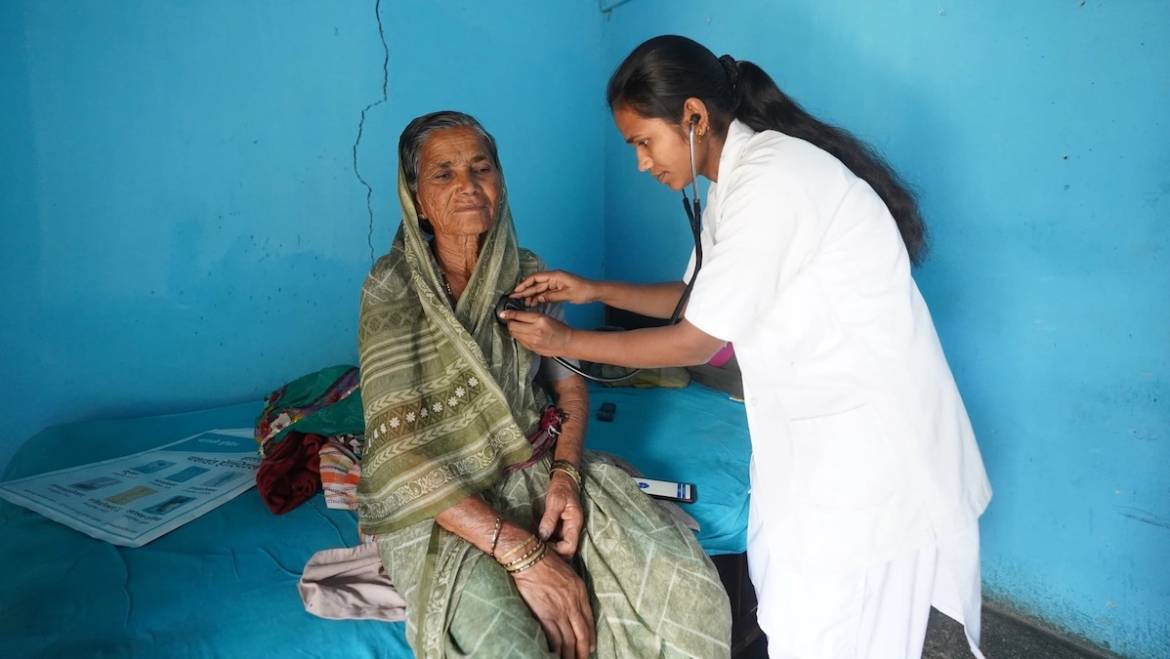Overpopulation Affecting Public Health In India
Overpopulation has once again been cited as a critical concern for India as pressure on the country’s public health infrastructure grows.
Since India gained independence in 1947, its population has grown more than fourfold, from 336 million to over 1.4 billion, triggering concerns over worsening public health, poverty, infections and access to healthcare.
In an interview with Hindustan Times, Poonam Muttreja, Executive Director of Population Foundation of India, said: “Overpopulation is often cited as a critical factor affecting public health in India, but this view oversimplifies the issue. A holistic approach is needed, shifting from population control to women’s empowerment, education, and health, and strengthening family planning and reproductive health services.”
Muttreja added: “Looking at our public health system, clearly, the demand outstrips the supply. However, it would be misguided to focus solely on the demand while ignoring the supply-side issues.”
Dr. Gandhali Deorukhkhar, a gynecologist and obstetrician at Wockhardt Hospitals in Mumbai Central, explained: “Any discussion on healthcare delivery should include arguably the most central of the characters involved – the human workforce. A 2011 study estimated that India has roughly 20 health workers for every 10,000 of its population, with allopathic doctors comprising 31% of the workforce, nurses and midwives 30%, pharmacists 11%, AYUSH practitioners 9%, and others 9%. This workforce is not distributed optimally, with most preferring to work in areas where infrastructure and facilities for family life and growth are higher. In general, the poorer areas of Northern and Central India have a lower rate.”
The cost of public health in India
Poonam Muttreja believes that rather than counting India’s numbers, it is essential to count ON the country’s numbers. He sees it as crucial to recognise inequitable distribution of public health services, unsustainable consumption patterns, and outdated modes of practice as the fundamental issues. Addressing these inequities, he says, can lead to better health outcomes and more sustainable development. Investing in girls’ education and women’s empowerment is also crucial.
“A 2011 study estimated that India has roughly 20 health workers for every 10,000 of its population. In general, the poorer areas of Northern and Central India have lower rate.”
Dr. Gandhali Deorukhkhar, Gynecologist and Obstetrics, Mumbai Central
At the time of writing, the population of the India sits at approximately 1.442 billion, a 36 per cent increase since 2000. The fertility rate (average number of births per mother) is currently at 1.98.

Submitted by Friends of Retha






Add Comment